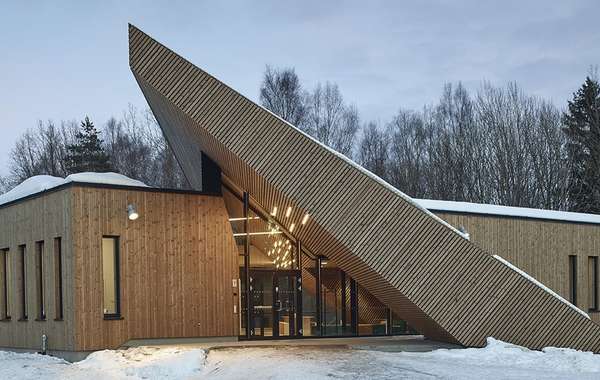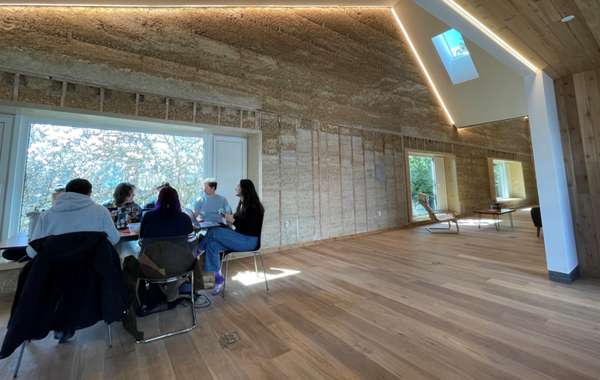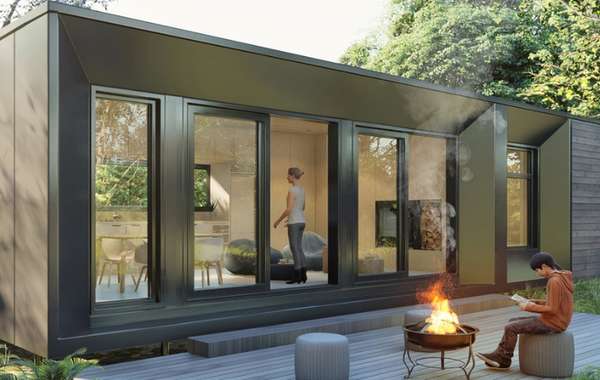SAB: What does the CaGBC hope to achieve with the Zero Carbon Buildings Initiative?
Mark Hutchinson: The CaGBC launched the zero carbon building initiative in 2016 to champion the move to lower-carbon commercial, institutional and high-rise residential buildings in support of Canada’s efforts to mitigate the effects of climate change. CaGBC believes that a zero carbon approach to new construction can play an important role in meeting Canada’s GHG reduction target of 30 per cent below 2005 levels by 2030, saving 7.5 megatonnes of GHG emissions annually. Further reductions will come from our stock of existing buildings.
This sounds like a big project with many facets. How have you organized it to achieve meaningful results?
The first stage of this work involved consultation with approximately 50 individuals representing 40 organizations in the building sector, in order to develop a Zero Carbon Buildings Framework, which was released in November 2016. The final Framework facilitates broad participation across a range of building types and sizes, provides a clear definition for zero carbon buildings, and establishes five key components for the evaluation of building carbon footprints.
In early February 2017, CaGBC launched the Zero Carbon Pilot Program, a two-year immersion program for developers and designers striving to achieve zero carbon in new or existing buildings across Canada. The program is designed to recognize excellence and leadership as well as to inform the development of tools, policies and pathways to accelerate market transformation. The results will assist CaGBC in identifying opportunities to refine the Zero Carbon Building verification program before it is released into the marketplace.
The Zero Carbon Building verification program is being designed concurrently with the pilot program and will include specific methodologies for assessing carbon and other key metrics. The program will be launched by CaGBC at the Net Zero Carbon Buildings Summit on May 30, 2017 in Vancouver, being held in conjunction with our annual national conference, Building Lasting Change, which runs from May 30 to June 1.
With the Zero Carbon Buildings Initiative is the CaGBC moving beyond its main role as the representative of the LEED rating system in Canada?
The LEED rating system is still a core component of our work as the leading organization representing the voice of green and sustainable building in Canada. We have worked extremely hard over the past 14 years to expand the reach and positive impact of green building across Canada, and the success of our work has been due, in large part, to the LEED rating system and its growth.
Going forward, LEED is still a key focus for CaGBC. LEED provides a holistic assessment of the different interrelated aspects of green building, including health and wellness. What’s more, LEED v4 deals with GHG emissions more aggressively and comprehensively than ever before, including updated requirements to address transportation to and from buildings, and new requirements to consider the embodied carbon within construction materials and furnishings.
The two programs are very complementary. LEED addresses a range of important issues, and touches on emissions through specific, targeted measures that projects can take; the Zero Carbon Buildings program provides a means of assessing the overall impact of those measures and determining when a building has achieved a zero or even carbon-positive outcome. We will always encourage the industry to go greener, whether that is through LEED v4 or the Zero Carbon Building Standard, with the goal of inciting innovation and affecting real, lasting change – with benefits far beyond the 2030 milestone.
To see North America's Greenest Homes, and learn more about energy-efficient home upgrades, and Green building certification programs such as , LEED for Homes and Passive House, and Net Zero labelled homes visit the Ecohome green building guide pages.

|
|
Zero Carbon Buildings Initiative © CaGBC
|
Now you know more about designing homes for comfort and efficiency. Find more pages about sustainable construction below and in the Ecohome Green Building Guide pages.
Find more about green home construction and discover the benefits of a free Ecohome Network Membership here. |



































Comments (0)
Sign Up to Comment